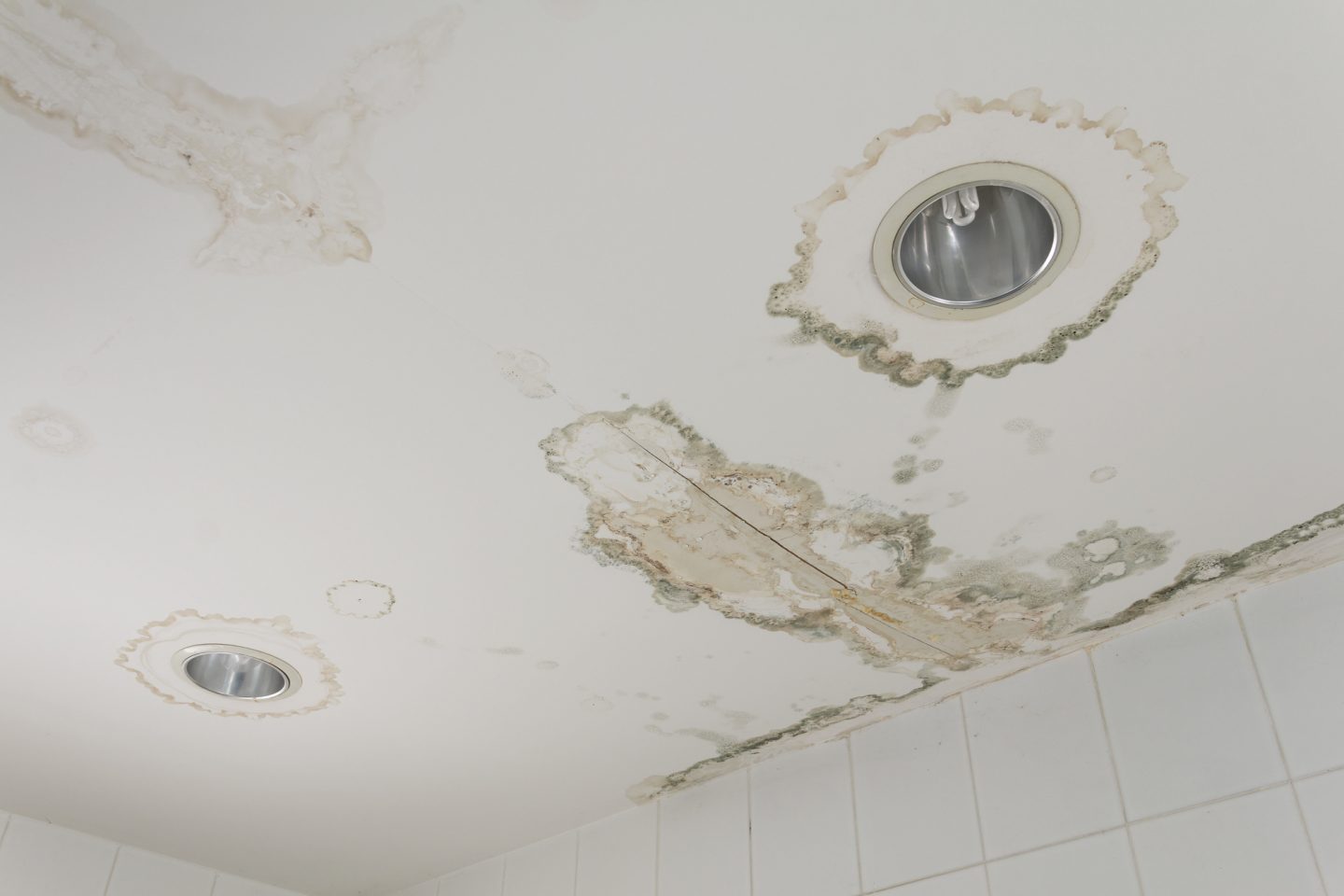
Did you know that between 2013 and 2017, one in 50, or 2% of homeowners, filed a water-damage claim each year?
That’s right!
What’s more, flood damage is becoming more common, as proven by the $1.35 billion in claims paid by the NFIP in 2018.
All these tell you how water damage could affect anyone — including your home or business. In fact, that water stain you see on your ceiling is already a type of water damage.
In any case, it’s important to learn how to tell if water damage is new or old. That’s because the more recent the damage, the easier it is to repair.
Ready to learn how to distinguish new vs old water damage? Then keep reading for more water damage facts!
The Easiest Way on How to Tell If Water Damage Is New or Old: Touch It
New water damage is damp or wet to the touch, but the affected material should still be stiff. There’s moisture, but it hasn’t penetrated the material yet.
Whereas old water damage may also be damp, but the material itself may be mushy, squishy, or even crumbling. The longer the damage has been there, the softer or easier to crumble the material is. This means that the moisture has been there for quite some time, so the material has absorbed a lot of water.
The Number of “Rings”
New water damage is usually marked by a single spot that’s darker than the area around it. If it has no other rings around it, then that means that it’s from a single water incident. You should get this inspected and corrected right away before it dries up and then gets soaked again.
Older water damage, on the other hand, has multiple “rings”. The older the damage, the lighter the color of the ring. Also, the more rings there are, the more times that the area has had water damage exposure.
Presence of Mold
One of the facts about water damage you should know is how it triggers the spread of mold in as little as 24 hours. Yes, once water damage occurs, mold can grow and proliferate within one to two days.
That said, new water damage usually doesn’t come with mold growth right away. However, you should take action ASAP once you see the damage because, in a few hours, mold may already settle on it. Also, a hidden leak may be causing the damage, so the side that you can’t see may already be mold-ridden.
Old water damage almost always comes with signs of mold. That’s because the moisture has given enough sustenance for the mold to colonize. If you see water spots with patches of white, brown, green, or even black, those are likely mold from old water damage.
Rotting or Decaying Material
Initial exposure to water doesn’t cause rotting in materials right away. It’s the long-term or repeated water exposure that causes this problem.
So, if the leak or flood damage occurred very recently, you can still save the affected parts of your home. For decaying structures though, repairs and replacements are already in order. It’s also important to stop the spread of mold from these damaged structures.
Don’t Delay Getting Water Damage Repaired
There you have it, the various ways on how to tell if water damage is new or old. Whether it’s new or old though, you should have it inspected and fixed as soon as possible. Also, be sure to get rid of the source of the water right away!
Need immediate water damage help for your Los Angeles or Orange County home or business? We’re here for you! Give us a call now so you can schedule your water damage repair service ASAP!





